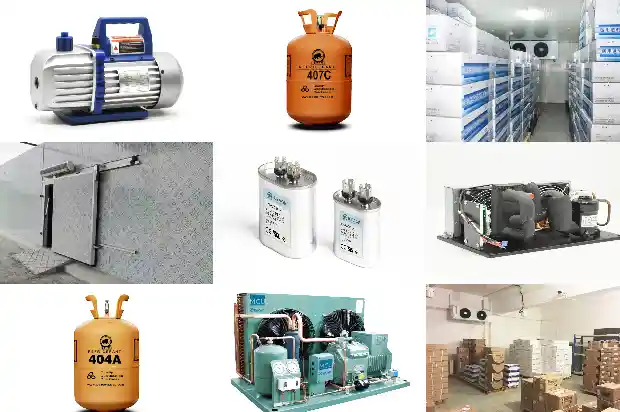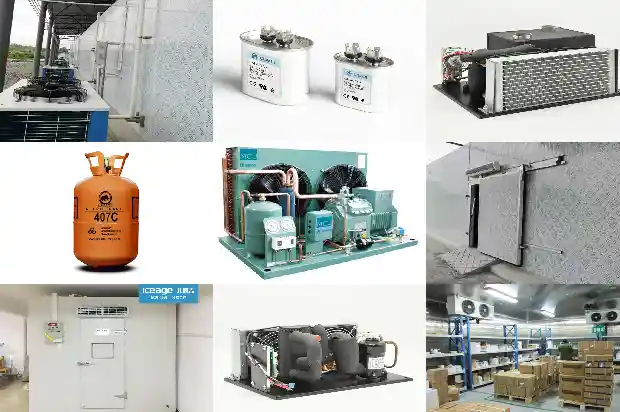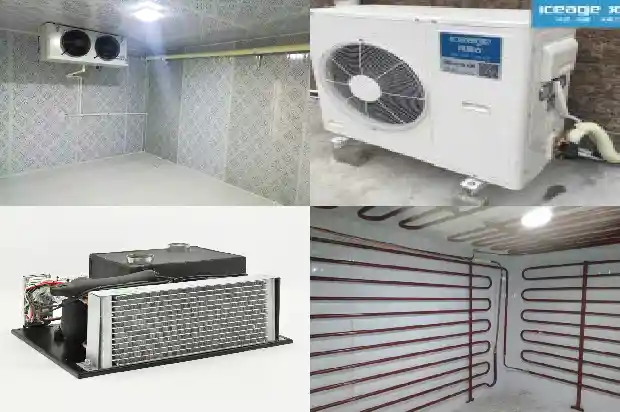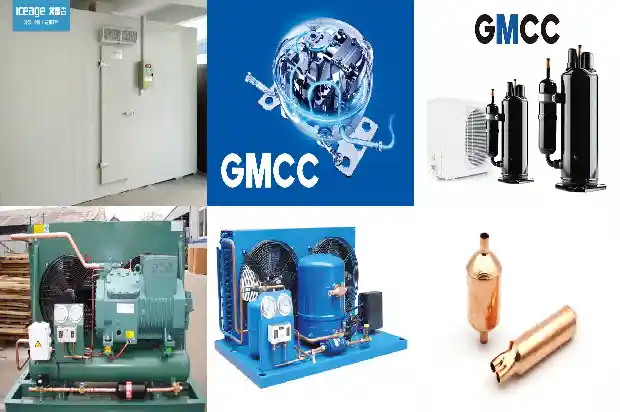Common Faults and Solutions of Central Air - conditioning Chiller Units
2025-02-12
To ensure the safe, efficient, and economical long - term normal operation of the chiller unit, it is of great importance to detect potential faults as early as possible during its operation. As an operator, this can be achieved through "observing, touching, listening, and thinking".
- Observing: Observe the operation of the chiller unit:
1.1 The temperatures and pressures of the chilled water at the inlet and outlet of the evaporator.
1.2 The temperatures and pressures of the cooling water at the inlet and outlet of the condenser.
1.
3 The pressure and temperature of the refrigerant in the evaporator.
1.4 The pressure and temperature of the refrigerant in the condenser.
1.5 The current and voltage of the main motor.
1.
6 The pressure and temperature of the lubricating oil.
1.
7 Whether the compressor unit operates smoothly and if there are any abnormal noises.
1.8 Whether there are leaks in the valves of the unit.
1.9 Whether the joints of each water pipe are tight.
In addition, pay attention to some external appearances of the chiller unit. For example, if the suction pipe of the compressor is frosted, it indicates that the chiller unit has excessive refrigeration capacity, too low evaporation temperature, small suction superheat of the compressor, and low suction pressure. For a reciprocating unit, this will cause "liquid hammer"; for a centrifugal chiller unit, it will cause surging.
- Touching: Touch various parts and pipelines of the chiller unit, such as gas pipes, liquid pipes, water pipes, and oil pipes, to feel the operating temperature and vibration of the compressor, the inlet and outlet temperatures of the two heat exchangers, and the oil traces and their distribution at the pipeline joints.
Under normal circumstances, the compressor operates smoothly, there is a large temperature difference between the suction and discharge, and the body temperature rise is not high; the condensing temperature is high, and there is a large temperature difference between the inlet and outlet of the cooling water; if there is no refrigerant leakage at each pipeline joint, there is no oil stain, etc. Any performance contrary to the above indicates that there are fault factors in the corresponding parts.
- Listening: Besides listening to whether the overall sound of the chiller unit during operation conforms to the normal working sound pattern, focus on listening for any abnormal sounds from the compressor, lubricating oil pump, and equipment such as solenoid valves and throttle valves in the chiller unit system.
For example, if a slight "cha, cha, cha" sound or a continuous, evenly - light "weng, weng" sound is heard from the compressor during operation, it indicates that the compressor is operating normally. If a "dong, dong, dong" sound, or a sound of the impeller rotating at an uneven speed, or an abnormal vibration sound is heard, it shows that the compressor has experienced liquid hammer or end - vibration.
- Thinking: Comprehensively analyze the operation data and materials of the chiller unit obtained from relevant indicating instruments and through observing, listening, and touching to find out the basic causes of the faults, and consider what emergency measures should be taken.
Related Articles
- Basic Faults and Preventive Maintenance of Water - cooled Units
- Composition and Common Faults of Screw Refrigeration Compressors
- Common Faults of Industrial Chillers
- Common Faults and Corresponding Solutions of Chillers During Use
- Analysis and Troubleshooting of Common Faults in Air - source Heat Pumps
- Maintenance Methods for Faults in Screw Refrigeration Air - conditioner Compressors
- Common Faults and Troubleshooting Methods of the Moving Mechanism of Piston Compressors
- Analysis of Common Faults in Compressor Overcurrent and Burnout
- What are the reasons for the inactivity of the automotive air conditioning compressor? What are the common faults?
- Common Faults of HVAC Fan Coil Units
- Common Operating Faults and Treatment Methods of Centrifugal Compressors
- Common Four Faults and Replacement Methods of Scroll Compressor
- Analysis of Refrigeration Compressor Motor Faults
- Analysis and Treatment of Common Low-Pressure Faults in Chillers
- Analysis and Treatment of Common Low Pressure Faults in Chillers
- Common faults in refrigeration system (discharge temperature and pressure)
- Common Faults of Screw Compressor
- 9 Heating and Cooling Solutions: Pros and Cons You Must Know!
